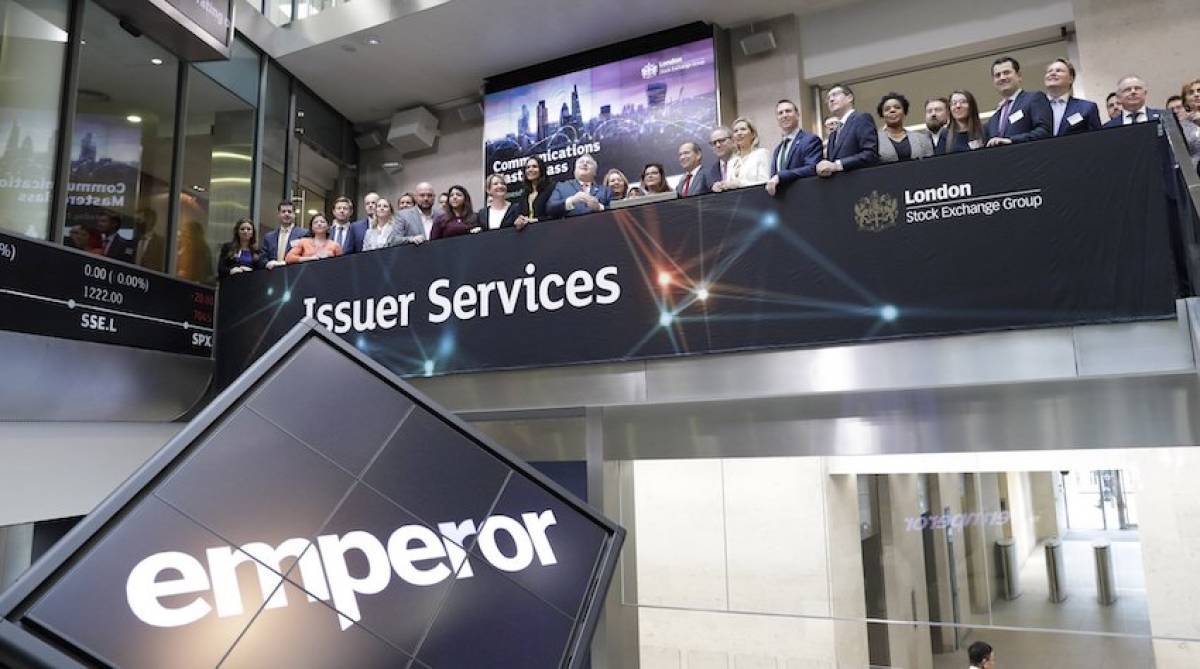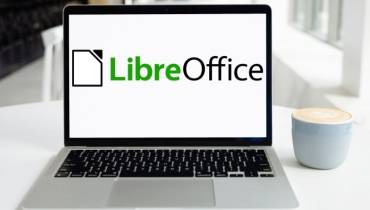How Company Enriched Its Business with Advanced Remote Working Production

The Emperor team. Photo: Noel O’Connor / Twitter.
Emperor, one of the UK’s leading employee-owned creative agencies that specializes in reporting, brand, employee experience, and sustainability, investigated migrating its core on-premise production servers to the cloud as part of a broader and ongoing strategy to streamline and optimize its services and internal workflows.
This strategy was accelerated by the global pandemic, leading the agency to seek a robust, secure, and super-fast cloud NAS (network attached storage), which is a remote storage that is accessed over the internet as if it is local.
The pandemic panicked many companies into committing to temporary sub-optimal solutions to business continuity, but Emperor had had the foresight to prepare.
“While we couldn’t have predicted anything like the impact of a pandemic, we had begun the process of moving to a more agile, cost-effective, and time-efficient working environment in the cloud,” Noel O’Connor, Emperor Founder & Creative Director, explains. “We ran standalone servers in our office locations, and while we could connect to them, we knew we needed something faster for the long term.”
“Before Covid, we had looked into Microsoft Azure but found the user experience was not a lot different to what we were doing with our Virtual Private Network (VPN), so we shelved the idea,” O’Connor says. “When the pandemic hit, we moved to work from home and continued using the VPN while raising the search for an easy-to-use, high-speed, cloud-based server to the top of the agenda.”

Emperor Founder & Creative Director, Noel O’Connor. Photo / Emperor.
The challenge facing Emperor, which employs over 200 people across a national and international network, before the pandemic was to find a quicker, seamless solution for access to files across its national and international hubs. Working remotely from home only exacerbated the issue.
“We had access to our data, but it could be unacceptably slow, which made it very difficult to perform some tasks,” O’Connor explains. “Our team had to download media locally in order to work on them efficiently. That’s fine if it’s a word document, but invariably we are exchanging files of several gigs worth of data.”
For designing and publishing marketing and communications materials and annual financial reports, Emperor works predominantly in the Adobe Creative Cloud Suite and, in particular, with large InDesign files. Creating a PDF from InDesign files comprised of multiple high-resolution, high colour fidelity JPEG, TIFF, PNG, and other graphics formats with links typically involves several Gigabits of data. Sharing even this core asset over VPN either internally or for client review and approval was proving very challenging.
“To create a PDF proof, you have to have all the links accessible, and doing this over VPN was extremely painful,” O’Connor says. “VPN is really dependent on the available broadband connection, which varies across our teams and can be compromised when working from home by other users sharing the connection.”
The company had a very structured and disciplined set of processes for how it operated in the studio. This was designed so that they could assign project teams of half a dozen or more members with access to the same set of assets regardless of whether they were in the UK or in a different time zone.
“Unanimously, we thought LucidLink was really fast and something we could benefit from.”
Situation post-move
“When we moved out of the office, we did so overnight. As well as setting up numerous VPN connections, we also set up workstations on-site that were connected to our network, allowing users to remote into our studio environment and carry out certain workflows as if they sat in the office. This solution undoubtedly helped but was still clunky and cumbersome for the users.”
The team was also acutely conscious of the potential for file and version management issues and implemented systems and procedures to avoid this as specific files and images had to be worked on locally.
“We operate out of 5 studios – which at the time was effectively 230 studios,” O’Connor illustrates, “as we were all working from home and had to maintain a tight regime to ensure the integrity of our data and backups.
“For all these reasons, we needed an overhaul of our basic connectivity,” O’Connor says. “But that seems like a long time ago. It’s amazing how fast you adapt to change, and the team is working so fluently on LucidLink now it’s as if they’ve forgotten how frustrating and time-consuming life was before.”
Solving the problem
Emperor tasked its IT partner eacs with finding a solution. “They presented several concepts to us. LucidLink immediately stood out and gave us an edge on what we already had.”
O’Connor and his team dived into further research. “We sat in on webinars where Adobe demonstrated using collaborative tools for media, and we set up some test accounts internally and tested, and tested, and tested it.”
Results
Installed and in use since last autumn, eacs migrated virtually all of Emperor’s desktop publishing applications and practices to the cloud using LucidLink as the bedrock connectivity.
“It took a while for us all to adapt to working remotely but almost no time at all to get up and running with LucidLink,” O’Connor says. “In particular, we needed a solution to work with Adobe InDesign. With our previous solution, creating PDFs remotely was very challenging. The experience working with InDesign has been extremely straightforward. LucidLink’s solution is undoubtedly a better way of working and what’s most impressive is that it is incredibly fast.
“All the time it was taking to manage and transport data backward and forwards – well, all those issues have gone away. We now work directly from the cloud server. There should be no situation where people need material on their desktops. When someone else in our team picks up the job, all the assets are in the cloud – the single source of truth.”
In the future, the intention is to streamline workflows further by moving to one centralized set of cloud-based folders for all live projects. Along with countless other businesses, Emperor is planning to return to work at the office where the future of the workspace itself has been permanently altered.
For all the frustration and anxiety of the enforced working from home period, it has also proven the benefits of technology in allowing a more balanced working life.
O’Connor adds, “There are definitely some of our team who would prefer not to commute every day, who can be just as (if not more) productive at home as in the office and who can now collaborate with colleagues and clients just as seamlessly from wherever they are. ;LucidLink has changed the way we can access our files. Although we are all remote, now the experience is like being in the office.”
Work-life balance
O’Connor concludes by saying, “We plan to return to the office at the beginning of summer, but this will likely be a hybrid’ hub and spoke’ model. We will definitely lean on remote working technology and infrastructure from eacs and LucidLink to give us far greater flexibility in terms of how we work as a team and how we liaise with clients.”






![81% of Brits Plan to Support Small Businesses this Christmas [Study]](/sites/default/files/styles/video_thumbnail_bottom/public/woman-shopping-small-business.jpeg?itok=SK3JqPQ_)










![How Music Benefits Your Brain, Heart, & Physical Health [node:title]](/sites/default/files/styles/video_thumbnail_bottom/public/American%20woman%20enjoying%20music%20in%20headphones.jpeg?itok=gXymemvl)

